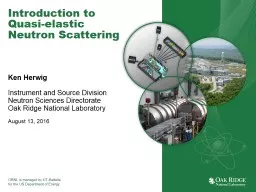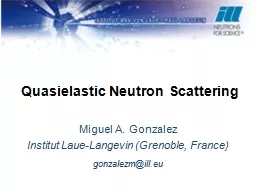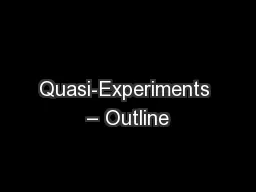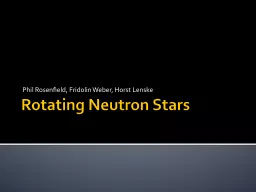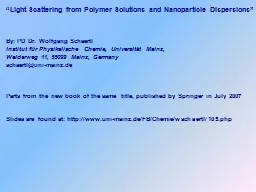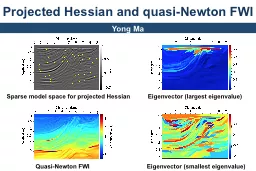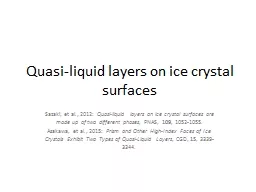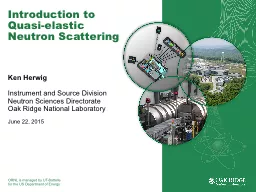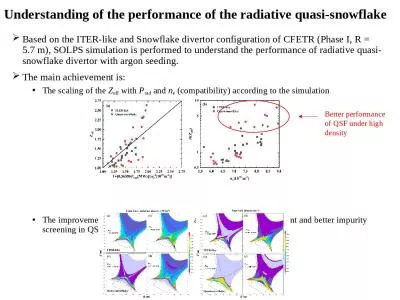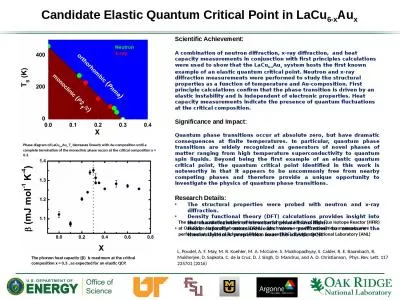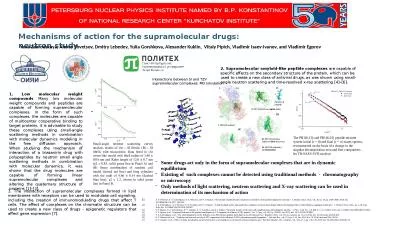PPT-Introduction to Quasi-elastic Neutron Scattering
Author : briana-ranney | Published Date : 2018-02-11
Ken Herwig Instrument and Source Division Neutron Sciences Directorate Oak Ridge National Laboratory August 13 2016 OUTLINE Background the incoherent scattering
Presentation Embed Code
Download Presentation
Download Presentation The PPT/PDF document "Introduction to Quasi-elastic Neutron Sc..." is the property of its rightful owner. Permission is granted to download and print the materials on this website for personal, non-commercial use only, and to display it on your personal computer provided you do not modify the materials and that you retain all copyright notices contained in the materials. By downloading content from our website, you accept the terms of this agreement.
Introduction to Quasi-elastic Neutron Scattering: Transcript
Download Rules Of Document
"Introduction to Quasi-elastic Neutron Scattering"The content belongs to its owner. You may download and print it for personal use, without modification, and keep all copyright notices. By downloading, you agree to these terms.
Related Documents

